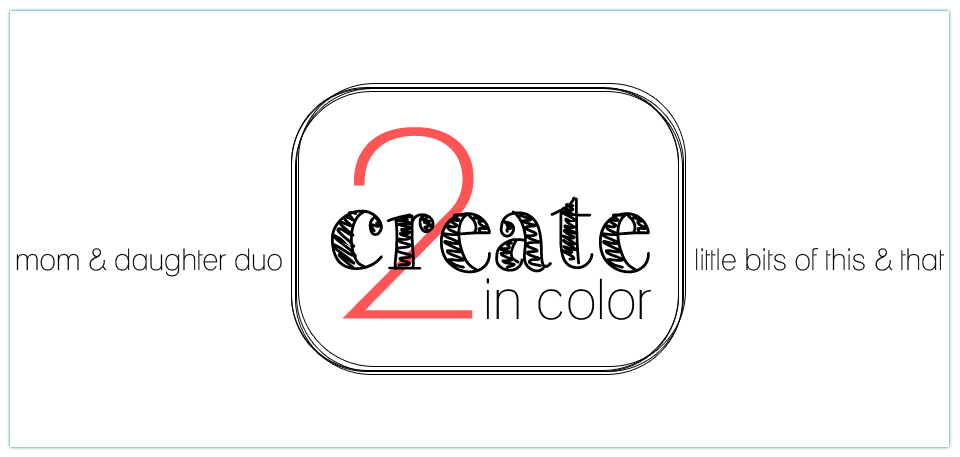
I love bread pudding! Most of them, anyway. They can’t be soggy. No sogginess allowed. Moist, yes; soggy, no. I like them filled with fruits and raisins. But not chocolate. And I like savory versions, too. They make great side dishes when you’re wanting a change from rice, pasta, or potatoes for your complex carbs.
I have had a hankering recently for caramelized onions. Caramelized onions the way I do them. It’s a long process, so I don’t take it on frequently. I’ll put together another post showing just how I make these sweet, rich, golden tidbits that you can use pretty much anywhere! Especially cheeseburgers. And this Caramelized Onion Bread Pudding.

You’ll have to make adjustments for your particular ingredients. Just how much liquid (milk. cream, eggs) you will need for how much bread (#servings, pan size) and how much of the seasonings to use will be up to you. But I’m going to provide you with some very informative (but brief! yes, brief!) guidelines. (You don’t believe me, do you?)
Let’s start with bread. I made this dish because I had quite a bit of bread leftover from a sliced bread basket I had put together for a wedding. I let it dry for a few days just sitting out in a container, rearranging it for uniform dryness. You can dry it in a low-heat oven if you wish. Mine got very dry, but you don’t have to let it get to crouton hardness; you can actually use fresh bread. For savory bread puddings, you can use almost any flavor, too. Mine was a mix of whole wheat, white Italian, and rosemary bread.
Cut, tear, or break the bread into small bits; think croutons. Mine added up to about 7 cups, not that you can accurately measure bite-sized dry chunks of bread!

I had pictures. Rather, I TOOK pictures, but I caught a flash of a message on my DSLR display screen and didn’t go back to see what happened. That will teach me! No pictures of the ingredients today.
Next, milk and eggs. I made a mixture of 1 1/2 c. skim milk, 1/3-ish c. half and half, 2 eggs plus 2 egg whites. I was aiming for reduced fat. You can use egg yolks and full cream if you want! Or any richness in between. I usually make a bit more than I think I will need. The remainder: french toast :)
You need enough of the liquid to saturate the bread, and a little bit more.

I added 1/2 cup caramelized onions for this 2 quart casserole, which is my equivalent to about 2 large onions. You could use more, but my 1/2 cup gave a definite, but not overpowering, flavor. Note, if your caramelized onions didn’t take you more than 2 hours to make, add more. Because mine have a very concentrated flavor!
Seasonings! Get creative! I used some garlic powder, white pepper, dried thyme, and dried savory. All totaled, about 2 teaspoons. Oregano would good, too, especially if you go for the feta.
And salt. I notoriously under-salt things. I don’t like salty stuff very often; most days I’m super sensitive to tasting the salt in things. So I under-salt… especially when I plan to serve a dish with something salty like the crumbled feta. Salt to taste, somewhere between 1/2 and 1 teaspoon, or more… it also depends on how salty the caramelized onions turned out. For instance, if you used a lot of salted butter as compared to olive oil, they’ll be saltier. Make your call. Err on the side of caution, because THAT’S WHY WE HAVE SALT SHAKERS, people!
Enough about salt, already.

Stir all this goodness together gently, giving the bread time to absorb the liquids. Place in a buttered casserole dish, either tall or flat, you’ll just adjust your baking time and temp — hints below. (betcha saw that coming) Add more liquid until it begins to pool around the edges. I topped off the dish above so that the gaps along the edges were filled in.
Cover and refrigerate overnight. You don’t have to, but I like the results better — it just seems more evened out, both flavor-wise and texture-wise.

Bake until it is done. Right? But there are so many variables, and this dish contains raw eggs, so here ya go…
Hints: if you are using a deep casserole, like the souffle dish I did, bake at 350F for 30-60 minutes. If you are using a flat baking dish, bake at 375F for 20-40 minutes. Watch for these signs of doneness:
- It has puffed up tall in the center
- The edges look toasty and golden, or brown. (Pull it out before they’re dark brown!)
- and most importantly, a clean dry knife inserted into the middle comes out with NO MILKINESS. If you see a milky liquid, things definitely are not done cooking in that area. Clear liquid, or just crumbs — you’re done.

Let stand 5 minutes before serving. Top with (room temp) crumbled feta or toppings/garnishes of your choice! I’m currently thinking the gravy from beef stew… hmm.
Sometimes these bread puddings are called “strata.” Back in the day (heh heh, I’m a grandma now, I can play this card!) when strata recipes were first circulating, they were layered dishes. Then the word started being used for dishes with similar ingredients whether they were layered or not. Now, it is commonly used for any savory dish with bread in it.

You can call it what you wish. But I hope you will also find yourself calling Caramelized Onion Bread Pudding delicious!
Gail




.jpg)